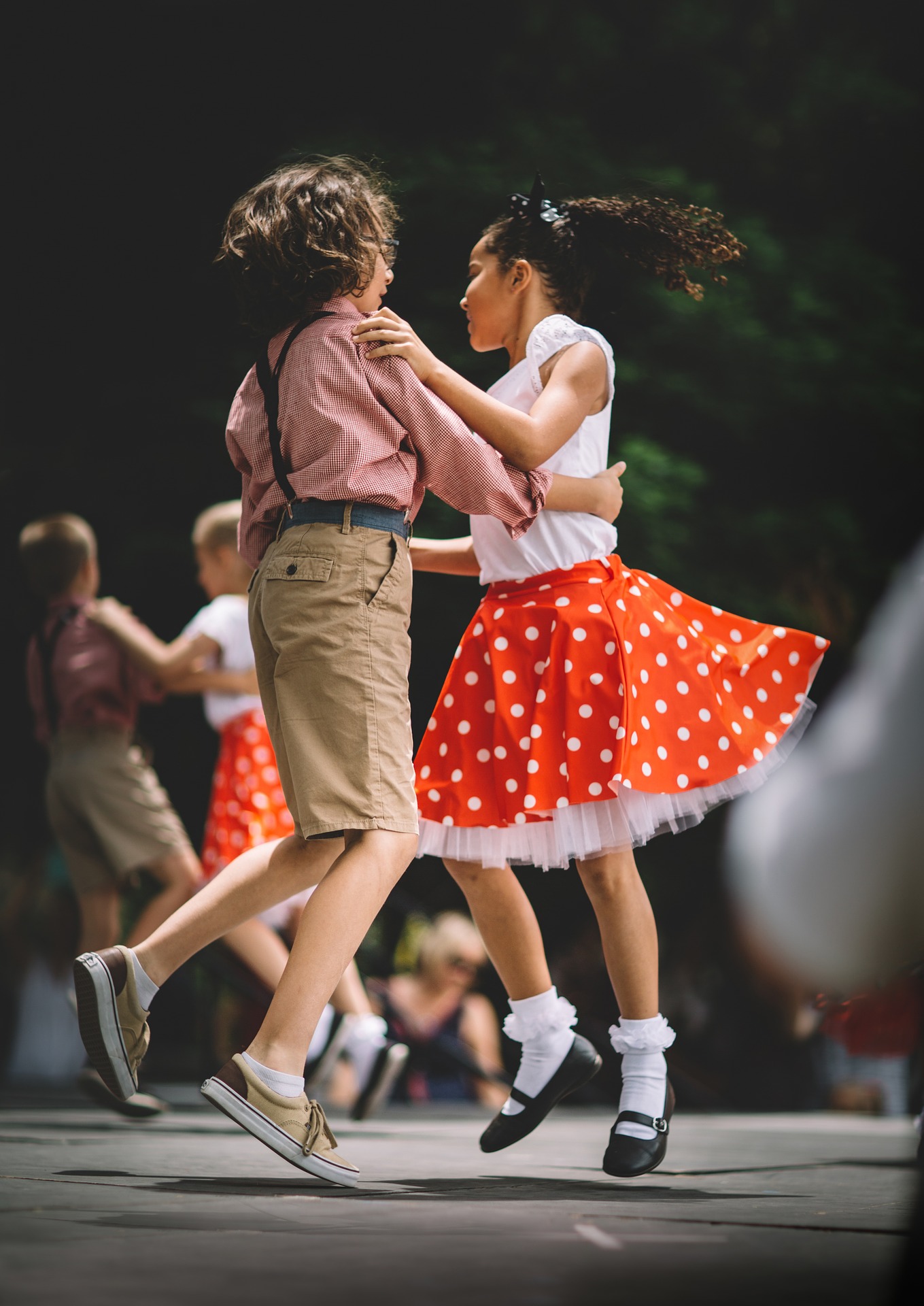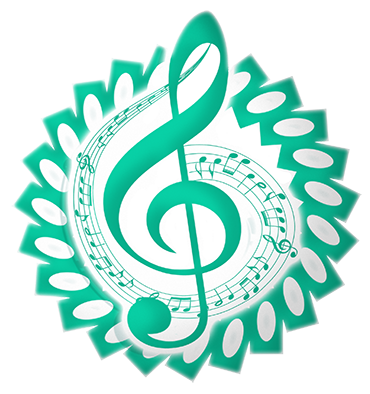
Skipping, waving, clapping, tapping, and so many other movements that you end up doing in a Dalcroze class would make an ignorant observer think that you might be a little crazy, especially if the group is composed of exuberant adults jumping around.
You would never have thought that the lessons were connected to important concepts of music that some do not understand well, since when it comes to the education aspect of music all the attention goes to the technical aspects of making music, like the technique or note-reading, etc.
But the Dalcroze method really hit on what makes music alive and vibrant, the rhythm and the body movement being two of the principles that it teaches.
A little something about the creator of the Dalcroze method. Emile Jaques-Dalcroze was a music professor in a school in Geneva when he realized that movement helped with his students' perception of musical concepts. He had observed that in concerns to music, individuals did unconscious movements when listening to music, somthing which he noticed was instinctive. I mentioned in another post that movement is a vital part of being alive, and it also has a connection to music, because it is something which is 'alive'. If you want to read more about the history of the Dalcroze method, check out this site.
I think that most people would lose interest quickly in a perfect and highly technical, but superbly mechanical performance. The complexity of the piece and the dexterity of the player would enchant them at the beginning, but as the measures go by, the same repetitive drone of emotionless music would make them feel drowned in an endless cacophony of sound, and make them wish they stayed home and chatted with their friends on the internet (or just watched their favorite K-pop idol group on Youtube).

The beauty of the Dalcroze method is how it puts importance on musical dynamics and rhythm that is enhanced by body movement that makes it felt by the body, not just heard. I remember my brother saying that musicians should be ‘Feelers’, especially those playing in a quartet, and that they should know how to move a lot so that the effect of even just four stringed instruments would be dramatic.
(Of course, there's a limit to how dramatic you can be, especially when you're playing the music of another person. Don't go overboard!)
Even Dr. Gonzalez, an orchestra conductor from a university in the US, tells his players to move with the music, like if the part goes soft and barely imperceptible you even your movements are soft and light, your body hunching in on the sound. This teaches you to mind and move with the dynamics of a song. (Really, he made beginner violinists march around while playing their piece just so they could get a better sense of the steady beat.)
Not only does it help with rhythm and dynamics, but also with timing. As a cellist, not that I can do it (yet) in public (me being really scared of being a soloist onstage), I end up moving along with my instrument when I get in to the music and I noticed that I get the timing better than when I play in a really stiff, statue-like manner. One, left, two, right, breathe with movement at this entrance, hold your breath at this rest, wide bowing with deep pressure on the strings on maestoso.
Moving helps incorporate dynamics, timing, and rhythm into your playing, which the Dalcroze method cultivates, and we’re still not getting into the improvisation part of this educational method.
And this is great for children, who I know by experience, have a hard time with counting and rhythm. Put a piece in front of them and teach them the notes and that a quarter note receives one beat, a half note receives two beats, and so on, and to them that sounds blahblahblahblah. And they don’t get it, and you lose their inclination and interest in the music that you’re trying to teach.
Feeling and seeing and hearing things with their own senses makes them more malleable, eager to learn and try things out, especially if it involves games, which is a very, very, very big part of the lessons that Jacques Dalcroze created. We see in the videos below that the children learn and anticipate what they should do almost instinctively after just a few games.
They feel the rhythm and do the dynamics according to what they hear. And they learn how to improvise well. It doesn’t hurt that they’re having fun while progressing in their journey in the study of music. When they (the children) start playing instruments, the foundation laid by learning these things will help them to become expressive and competent musicians.
Adults can also learn a lot from these lessons, after all, they did say that you can always teach an old dog new tricks (not that I’m calling anyone an old dog).
Meaning to say that it’s never too late or too old to have fun and learn at the same time. This just means that you have a good perception of your weakness and that you’re ready to correct them, or at least balance them out, even if you end up looking like a ‘crazy person’, as one acquaintance commented.
Not just musically, but also socially, this method of teaching provides the opportunities in training its students in team work (which is important in our interaction with other people, as well as in an orchestra), leadership skills, discipline, listening, and more.
Jacques Dalcroze’s method of teaching have survived two world wars and a lot of cultural progress in a time that is fraught with people always getting into different trends and discarding the older ones, and this is because there are important things that it teaches that people believe will enhance and solidify their knowledge of music.
So whether you decide to be a professional Dalcroze instructor or just incorporate some of his teaching into your music class, learning and teaching this seems to be an experience that will nurture your music as musician and your teaching as a teacher.
Credits for all the photos in this post goes to Pixabay.
The videos from Youtube belong to their respective owners.

wow! this is a nice write-up. I'm more familiar with the Kodaly method. would look into Dalcroze but it seems like it needs more space for me to implement it. I'm still finding the 'perfect' method to teach rhythm. haha! but I guess it's dependant on the student as well. case by case basis :)
Downvoting a post can decrease pending rewards and make it less visible. Common reasons:
Submit
I also like the Kodaly method, it's really good for helping kids with solfege, as well as notation, sight-singing, etc. But, I think all music methods have their different strengths that can be utilized in teaching music. Rather than stick to just one method, I believe it's better to have an approach that can be adaptable based on the capabilities of the kids that you're teaching. :)
(But I need more experience or observation in regards to teaching music!) :)
Downvoting a post can decrease pending rewards and make it less visible. Common reasons:
Submit
true that it's good to be equipped with as many tools but I often remind myself not to confuse my students. and also to remember which method did I use on which student! hahaha! looking forward to reading more of your posts. steem on!
Downvoting a post can decrease pending rewards and make it less visible. Common reasons:
Submit
The classical music community at #classical-music and Discord.
Follow our community accounts @classical-music and @classical-radio.
Follow our curation trail (classical-radio) at SteemAuto
Downvoting a post can decrease pending rewards and make it less visible. Common reasons:
Submit